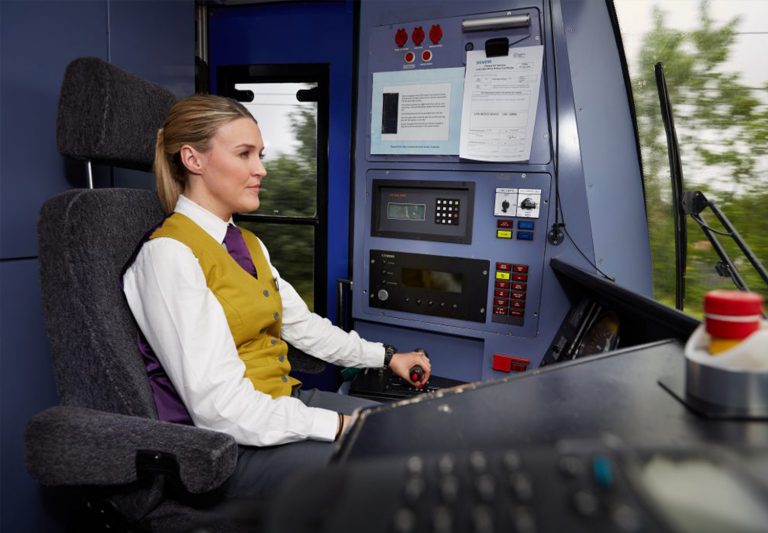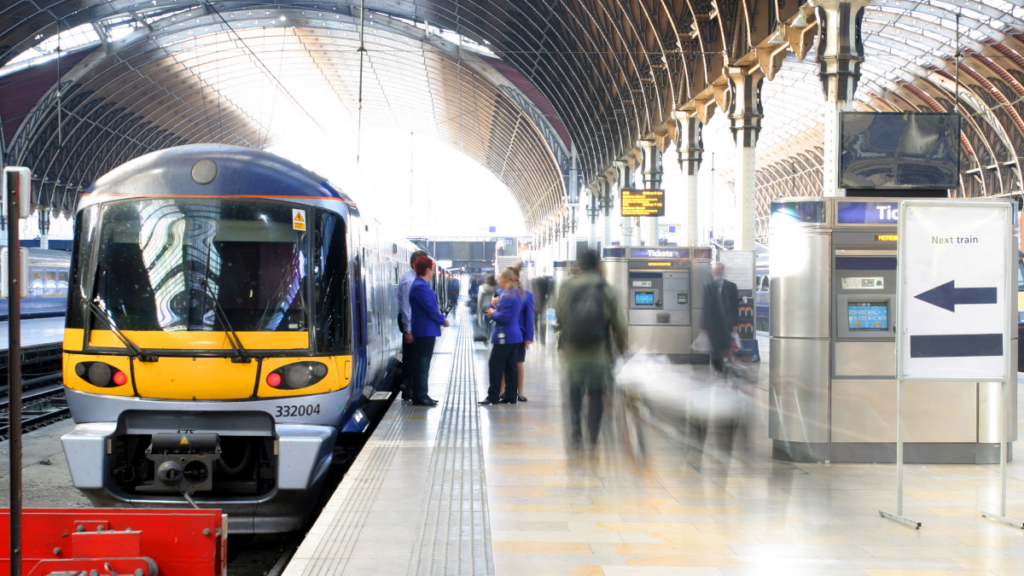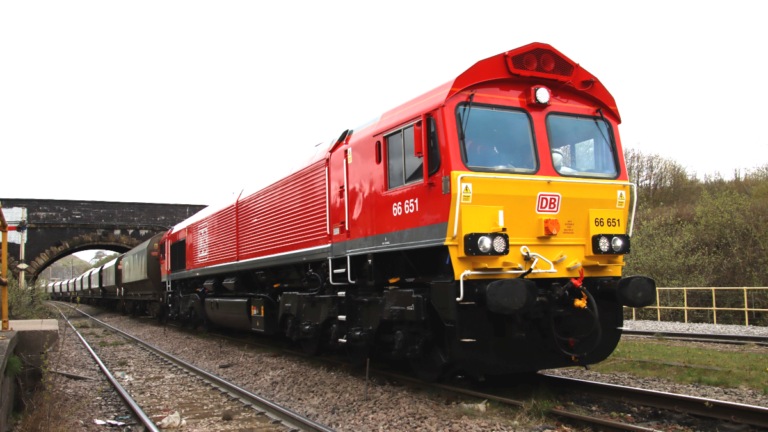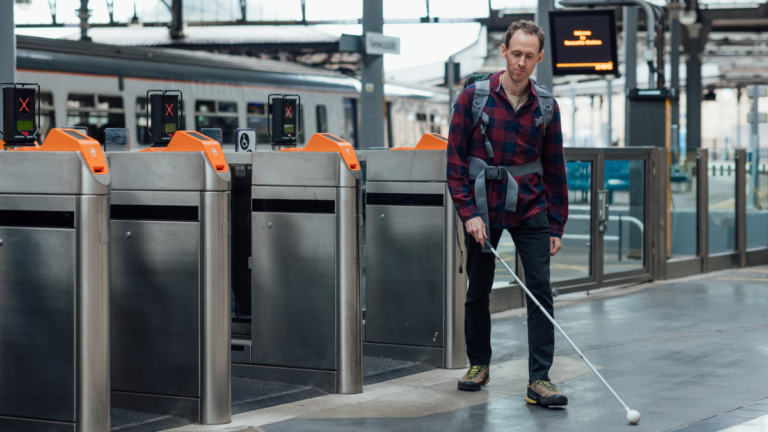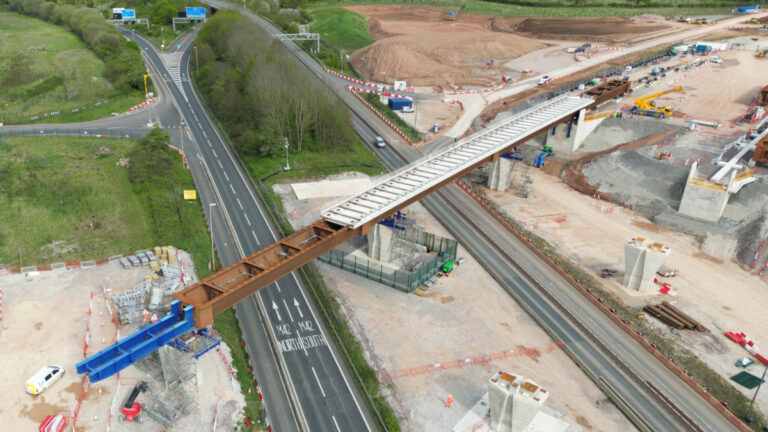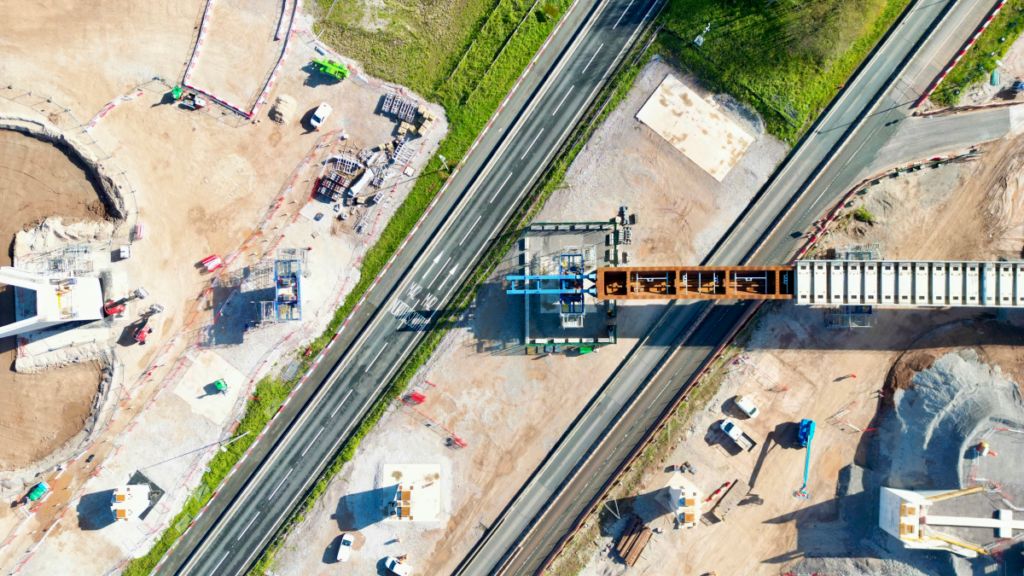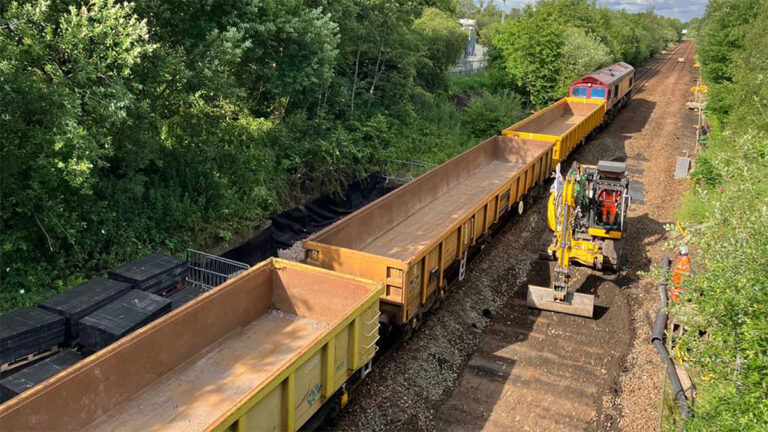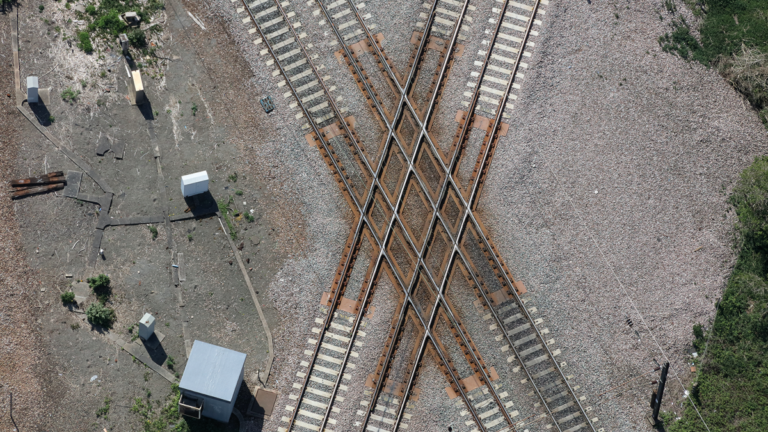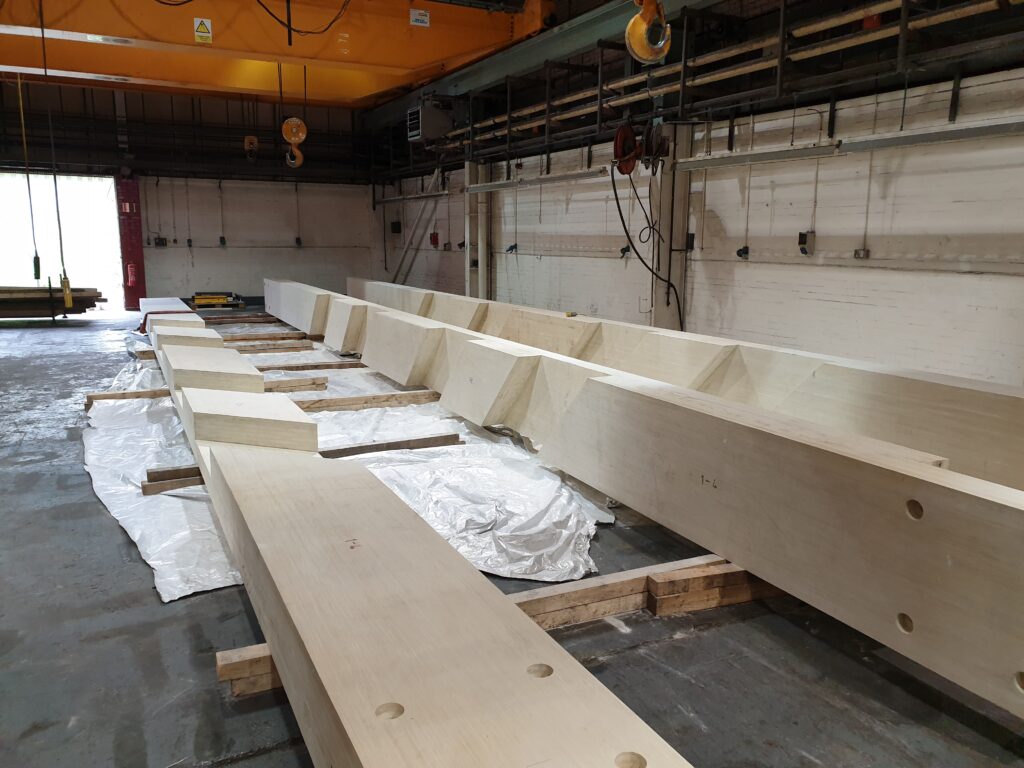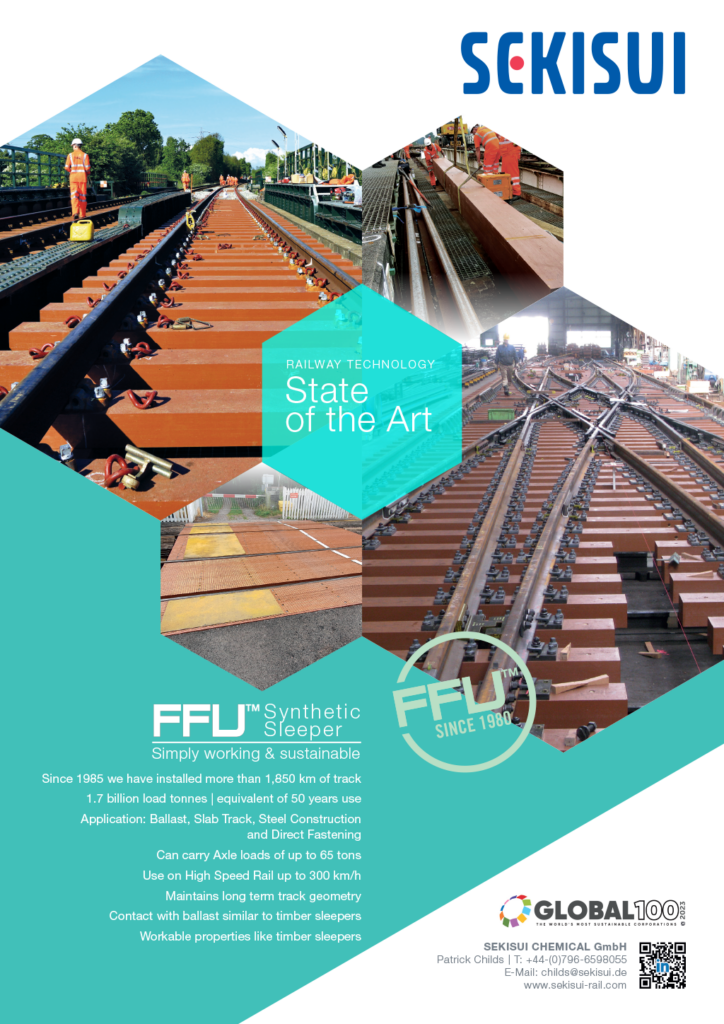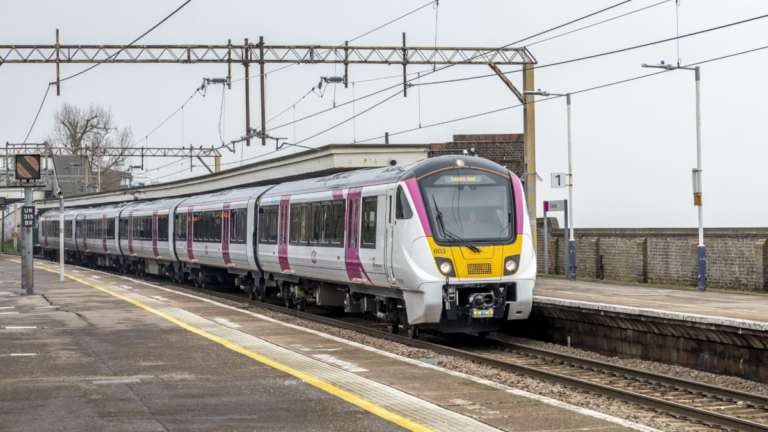Guest writer Adam Razzell, head of transport and infrastructure at Advance Resource Managers, reflects on the diversity of talent in the rail industry and questions whether more needs to be done.
With an average staff turnover rate of just three percent (compared with the UK median rate of 13.6 percent), the UK’s rail sector has less experience than most of dealing with skills gaps – but its landscape is changing quickly.
An ideal time for reflection
Due to retirement alone, the industry is expected to lose as many as 50,000 workers by 2033 (from a total of around 240,000), most from operative roles. The futures of a further 15 percent – the workforce’s EU nationals – also remain uncertain because of Brexit.
Then there’s rising demand from passengers (in contrast with falling interest in bus and coach travel) and plans for a new era of high-speed rail infrastructure to create the need for even more staff.
As UK rail looks to steady itself for the future using a range of recruitment and training initiatives, we find ourselves at an ideal point to take stock of its current talent, and the diversity of that talent. Does its recruitment approach need to change drastically for a more secure future, or is it on the right track already?
A general snapshot of rail talent
According to Department for Transport data from December 2019, around 240,000 people work in the UK rail sector – 67.8 percent for rail infrastructure firms and 25.4 percent for train operators, the two biggest categories.
With salaries ranging from £16,000 up to £71,000, the average rail worker earns just over £35,500 per year, although this rises to £39,000 in London and falls just short of £32,000 in Scotland. Average salaries in all other areas of the UK sit between these two figures, meaning all are above the wider national median salary of £30,300.
Given rail’s low staff turnover rate, it’s unsurprising that almost two-thirds (63 per cent) of its workers have eight or more years of experience in their roles. Sixteen percent have between four and seven years of experience, and 20 percent have three years or less. And, while this implies that a retirement surge could cause serious issues, the amount of experience currently present in the sector does bode well for the Strategic Transport Apprenticeship Taskforce (STAT), a body set up in 2016 to address skills gaps and increase diversity across UK transport using apprenticeship programmes.
Gender representation in rail
The rail sector cannot avoid major skills shortage without diversifying its workforce – that’s something that Mike Brown, the recently departed Transport for London Commissioner and STAT chair, implied in STAT’s latest update report.
“A skilled workforce is vital to future economic success,” he said. “Quality training at all levels is fundamental and we need to broaden our talent pipeline if we are to drive productivity and innovation across the transport sector.”
Right now, the data shows a huge imbalance. Of its quarter-million employees (including those working in passenger services, freight operations and the wider supply chain), only 17 per cent are female. That falls to 13 per cent in the commercial rail workforce, and again to 12 per cent in signalling and design – both areas with significantly higher average salaries (£45,800 and £37,900 respectively).
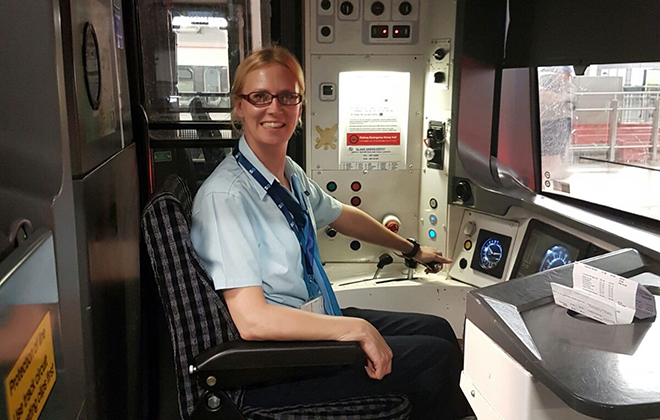
Some companies and regions are more diverse than others. Network Rail – by far the sector’s biggest employer – TFL and Southern Railway hold the most female talent, while London and the South East lead the list of regions. But more needs to be done.
What’s positive is that we are seeing action from some of the sector’s biggest operators. Southeastern and East Midlands Trains, for example, recently introduced anonymous candidate screening and targeted advertising campaigns in attempts to encourage more women to become train drivers. Southeastern is aiming for 40 percent of applicants for driver roles to be women by 2021 (from 4.5 percent in 2019), and East Midlands has already seen the number of female applicants double.
But skills gaps and underrepresentation aren’t challenges that employers can address individually – there needs to be an industry-wide shift. And, as the seemingly inevitable skills gap inches closer, it must happen quickly.
















